This colourful street market in one of the city’s
oldest working class neighbourhoods has been going for well over 100
years. The word rastro means “trail” and refers to the animal innards
that were dragged through the streets in the days when this was the site
of the main abattoir. The artist Francisco de Goya immortalized the
street types here in paintings such as Blind Man with Guitar,
while earlier it had been the backdrop for comic satires by playwrights
of the Golden Age. Among the most exotic inhabitants were the amazonas,
a team of horsewomen who performed at royal receptions in the 16th
century and are remembered in Calle Amazonas. The Rastro is best known
for its flea market, the most famous in Spain, but there are also dozens
of stalls selling new clothes, furniture and antiques.
Open 8:30am–3pm Sun Dis. access Free
|
|
The streets of the
Rastro lead down to one of Madrid’s most neglected features. The
Manzanares River is famous only for being short on water and has been
the butt of jokes since time immemorial. Until late in the 19th century,
its banks were the haunt of washer women (lavanderas),
colourful figures who appear in the paintings of Francisco de Goya. The
Baroque bridge dates from 1719–32. In the middle are sculptures of
Madrid’s patron saint, San Isidro. Carnations are hung here on his feast
day.
|
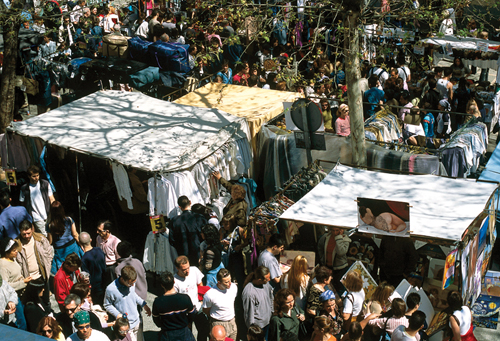
Market stalls
|
While Sunday is the main trading day, some stallholders set out their wares on Saturdays too.
|
|
|
The Rastro is a happy hunting ground for thieves and pickpockets so keep a close eye on your valuables at all times.
|
|
Top 10 FeaturesCalle Ribera de Curtidores The Rastro’s main street is named after the curtidores
(tanners) who once plied their trade here. You can still pick up a
leather jacket on one of the dozens of stalls, as well as T shirts,
belts, handbags and hats.
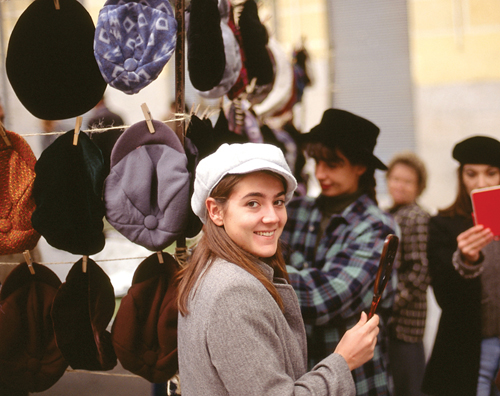
Statue of Eloy Gonzalo At
the siege of Cascorro in Cuba (1898) Eloy Gonzalo volunteered to start a
blaze in the enemy camp and was fatally wounded. Look closely at the
statue and you’ll see the petrol can. Plaza del General Vara de Rey Second-hand clothes, candelabras, books and old furniture are on offer on this bustling square.
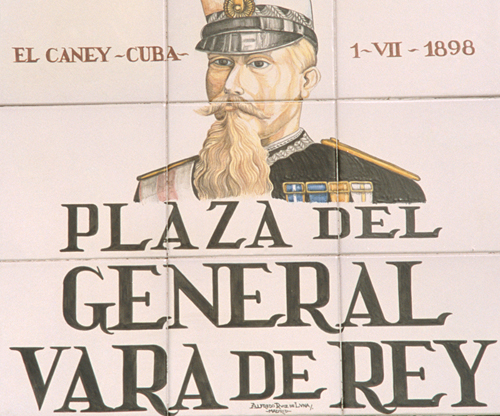
Calle Carlos Arniches Dropping
away from the square, this street marks the beginning of the flea
market proper. Among the bricà-brac are watches, cameras, rugs, hats,
oil lamps and record players. The lock vendor and his dog are a regular
fixture.

Calle Mira el Sol The
place to head to if you’re after something electrical, including spare
parts, mobile phones and car radios of doubtful provenance. The corner
with Ribera de Curtidores is the favourite pitch of the organillera (lady organ grinder), one of the market’s more colourful characters. Plaza Campillo Mundo Nuevo Adult
collectors and children are the main customers, browsing the stacks of
old comics and magazines in the vicinity of this square. You’ll also
find CDs, vinyl records, toys, and oddities such as binoculars and
magnifying glasses.
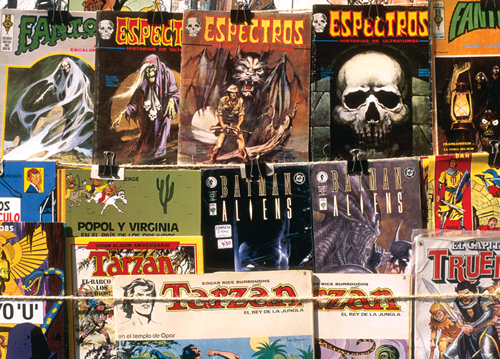
Calle del Gasómetro Car
owners may find what they’re looking for here: there’s usually a good
selection of antitheft locks, windscreen wipers, brake lights and tools.
There’s also a brisk trade in used computer parts and bicycle
accessories. Off Ribera de Curtidores Art
equipment and picture frames are the speciality of Calle San Cayetano.
Stalls near the Army & Navy store on Calle Carnero sell sports gear.
Pet owners head for Calle Fray Ceferino González for the miscellany of
dog collars, fishing nets and bird cages. Eating in El Rastro There are many bars and cafés in the area. Malacatín at Calle Ruda 5 rustles up the delicious local stew
cocido madrileño
.
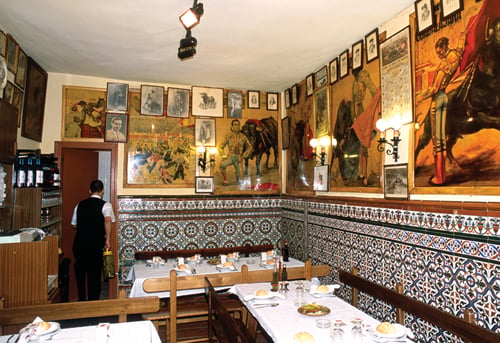
Puerta de Toledo This
triumphal arch was unveiled in 1827 and dedicated to Fernando VII.
Ironically it had first been proposed during the French occupation to
extol the values of liberty and democracy.
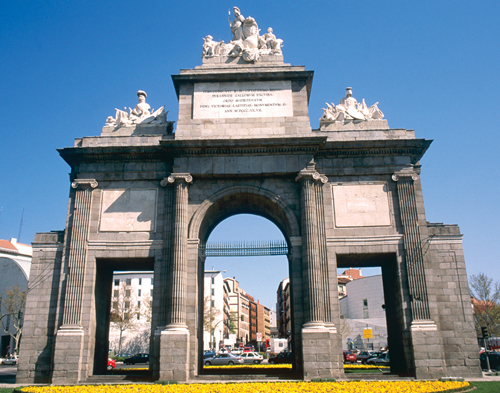
|